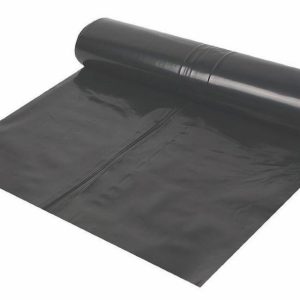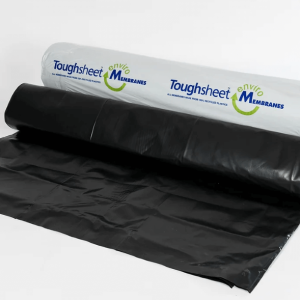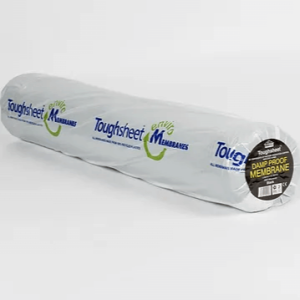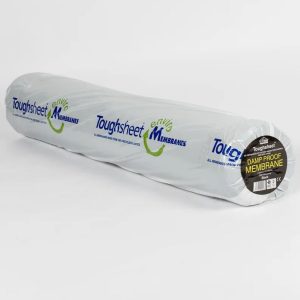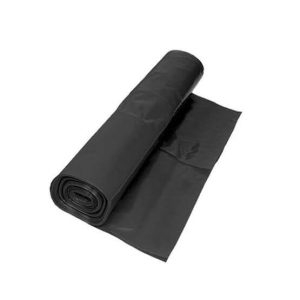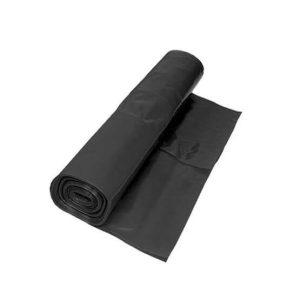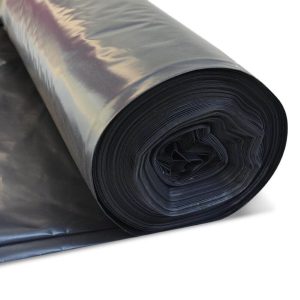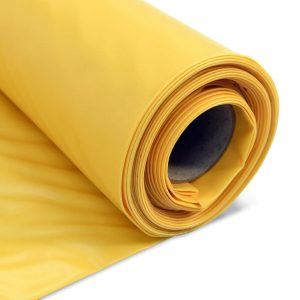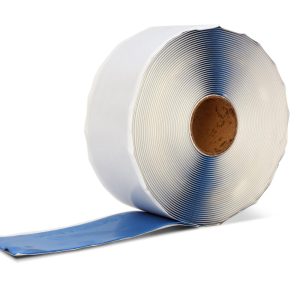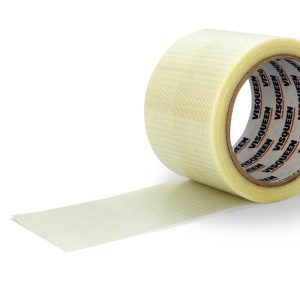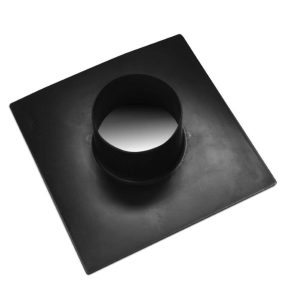Structural DPMs
Brand
Type
Pump Type
Pump Size
Inverter Size
Battery Size
Number of Pumps
Discharge Points
Width
Length
Area
Size
Material
Components
Features
Pack size
Suitable for
Color
Thickness
Maximum Repair Depth
Application Area
Variants
Depth
Density
Range
Showing all 13 results
-
Newton DampSafe 802 DPM – 4m x 25m
£56.56 incl. VAT£47.13 excl. VAT -
Toughsheet DPM 250mu – 4m x 25m Black
£44.16 incl. VAT£36.80 excl. VAT -
Toughsheet DPM 300mu – 4m x 25m Black
£49.93 incl. VAT£41.61 excl. VAT -
Toughsheet DPM 500mu – 4m x 12.5m Black
£44.16 incl. VAT£36.80 excl. VAT -
Visqueen EcoMembrane DPM 250mu – 4m x 25m Black
£45.16 incl. VAT£37.63 excl. VAT -
Visqueen EcoMembrane DPM 300mu – 4m x 25m Black
£54.17 incl. VAT£45.14 excl. VAT -
Visqueen EcoMembrane DPM 500mu – 4m x 12.5m Black
£51.77 incl. VAT£43.14 excl. VAT -
Visqueen High Performance DPM 500mu – 4m x 12.5m
£145.36 incl. VAT£121.13 excl. VAT -
Visqueen Pro Double-Sided Jointing Tape – 50mm x 10m
£10.63 incl. VAT£8.86 excl. VAT -
Visqueen Pro Single Sided Jointing Tape – 75mm x 25m
£10.63 incl. VAT£8.86 excl. VAT -
Visqueen Top Hat Units – 110mm Rigid (with clips)
£18.56 incl. VAT£15.47 excl. VAT -
Visqueen Top Hat Units 135mm
£20.87 incl. VAT£17.39 excl. VAT -
Visqueen Top Hat Units – 160mm Rigid (with clips)
£23.52 incl. VAT£19.60 excl. VAT
Showing all 13 results
